Build Quality and Ergonomics:
The build quality of the Fealty and Fidelity in my opinion is spot on. Both are made out of aluminum and are constructed of two parts – the body and the face plate. On top of the face plate you will have a shiny Dita Audio logo etched in. Both monitors have a very robust housing that looks like it could take a good beating, of course that’s not advised. A tiny hole in the body can be found for relieving built up pressure by the driver. This is purely for safety – nothing to worry about.
If you’re a fan of deep insertion on IEMs you probably won’t be the happiest kid with the Twins, as their nozzles are rather short compared to other universals I have seen. However that doesn’t make them go uncomfortable, au contraire. These gems are some of the most comfortable to wear universals. To protect the drivers from loose debris and earwax, Dita has incorporated a mesh on top of the nozzle.
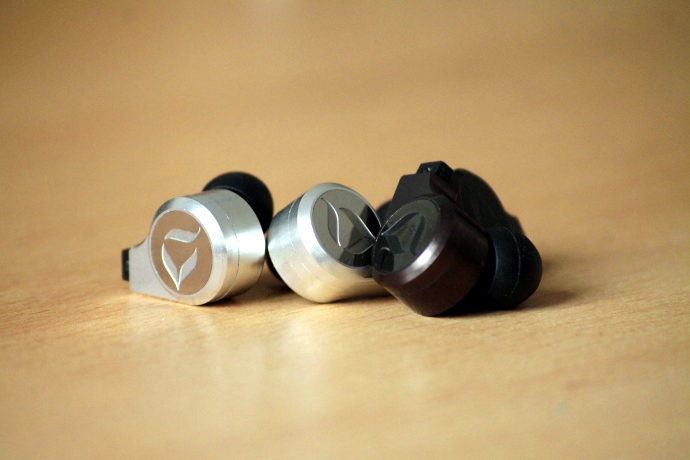
Dita Audio Twins
Fealty and Fidelity feature removable cables with 2-pin sockets. However they use a spring lock. While you can certainly take the cable off of both, you can’t use the supplied 2-pin cable on any other IEM, I also couldn’t dare using an aftermarket cable with these, as I was not sure enough I wouldn’t break anything. My guess is you can use another cable if you like, but I’m not sure.
The Fat cable is very lightweight, and that shows especially when wearing the Twins. The cables go up your ear and out of your mind. However these are also a little springy and they can be a little frustrating when they jump in front of your ears.
After finding your perfect ear-tip, you should be in possession of a good seal. This is mandatory for getting a real picture of the monitor’s signature. Luckily Dita supplied five different sizes of silicone tips.
Sound:
As both models share the same driver with different tuning it comes as no surprise that they also share a lot of similarities in their signature. Where they most differ is probably their midrange presentation. I’ll start with Fealty and cover the differences afterwards.
What took me by surprise after starting to listen to Fealty was the formed sound stage, as I did not expect one that wide and deep from a single dynamic driver. It’s certainly one of the biggest in its category. Imaging is achieved with good amounts of air between the instruments. Resolution is also something I really like on the Fealty. They don’t fall short on any technical parameters to me.
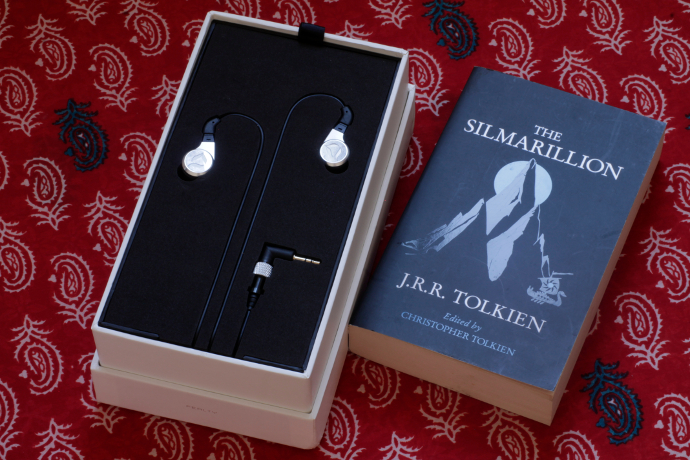
Dita Audio Twins
Fealty has an impactful but moderately sized bass presentation. It reaches deep with great texture and control. Most people like dynamic drivers for their organic sounding lows, which also is the case for Fealty. It is natural and smooth, but doesn’t come with the highest resolved bass out there. Fealty is dynamic and agile, joyful and mildly warm, but doesn’t put bass up front, but rather tries to balance everything.
Where the Fealty impresses is definitely emotion and midrange timbre in my opinion. Mids are airy and well resolved with good amounts of blood and a well formed body to round it all up. Fealty’s mids are soulful and behold a natural beauty to my ears. Vocals are clear and have a lighter, more air induced presentation, which gives them an almost holographic sound. Electric guitars are very energetic and can become really breathtaking.
Lower mids have a good portion of warmth in them while mid-mids and upper mids don’t enjoy as much pronunciation. Upper mids however are decently rich and have a good glow on them. Though they are slightly in the back and aren’t exactly in the spot-light.
Getting treble done right is not an easy task, but Dita fully nailed in with the Fealty in my opinion. It’s fast, energetic, crisp and rich. What’s more important though is that treble is sibilance free and has a very non-fatiguing tone to it, with a silky touch. High notes extend well and wide.
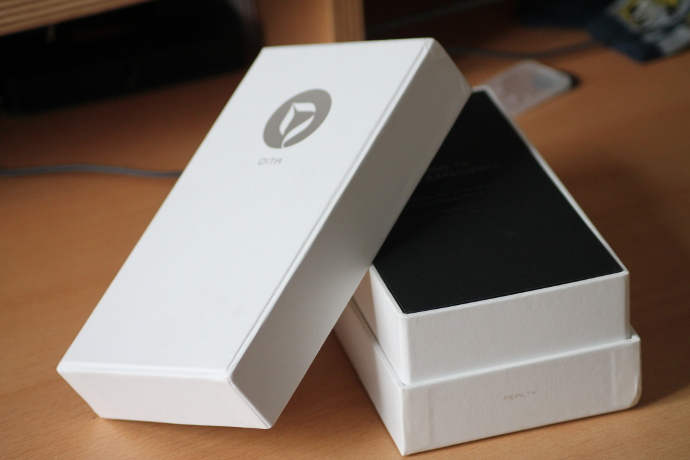
Dita Audio Twins
Now if we switch from Fealty to Fidelity one thing is very obvious. Fidelity wants to be more reference style with greater balance. The lower-midrange warmth is gone and tuned down to be more in line with the rest of the spectrum. Upper midrange and treble become more precision and presence.
Apart from that, Fidelity also stretches further into width and depth when it comes to sound stage creation. I’m missing the emotional male and female vocals I so adored on Fealty. However I’ve gained resolution and reference. Treble appear smoother and brighter compared to Fealty, with less richness in them.
My personal favourite of the two is clearly Fealty, but both models can be exceptional for different Genres. Where acoustic music might be better paired with Fealty, I feel electronic styles come across finer with Fidelity. Of course that’s all subjective and only my preference.
The review continues on the next page.





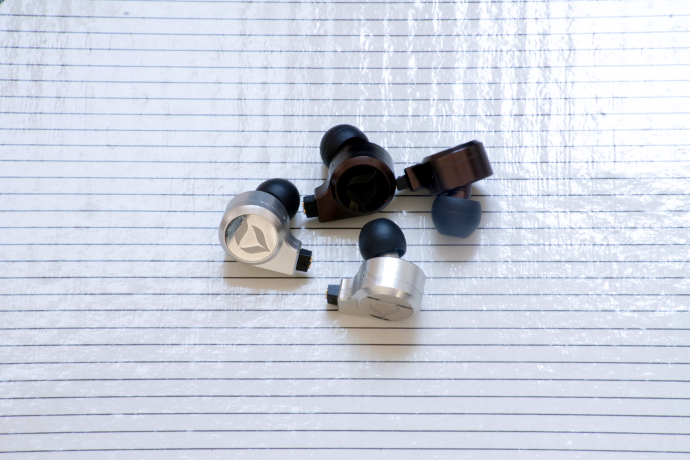

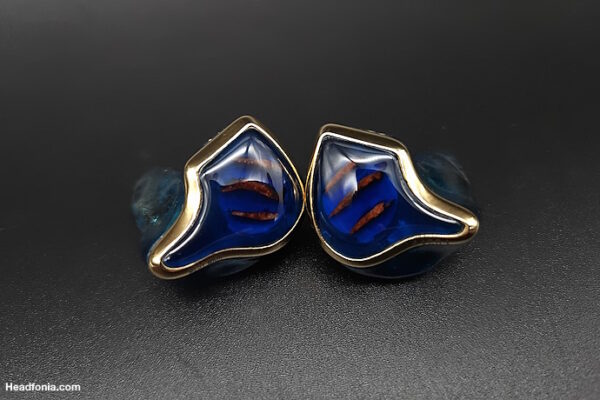
roserobin
thank you
TechnoVolume
Thanks!
As for me, it`s great earphones